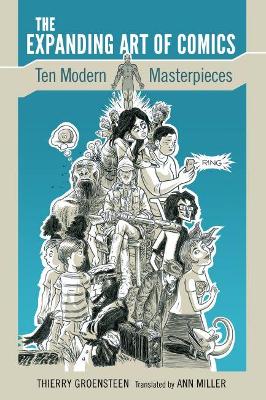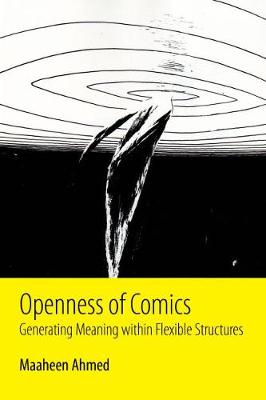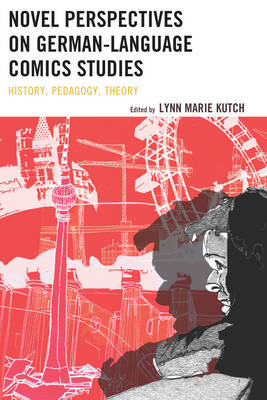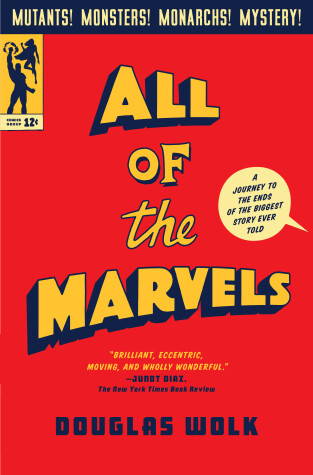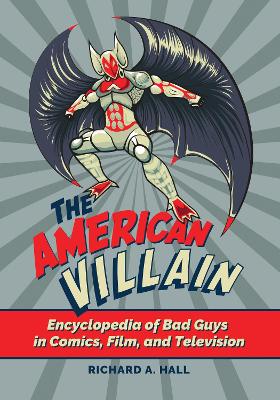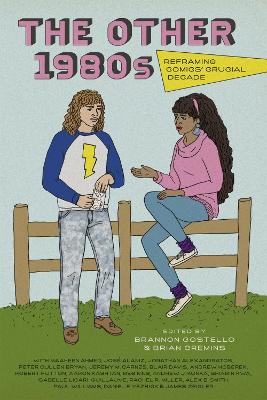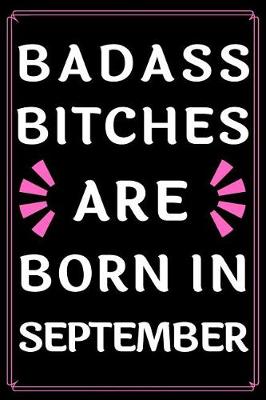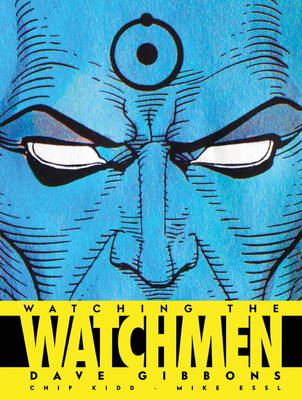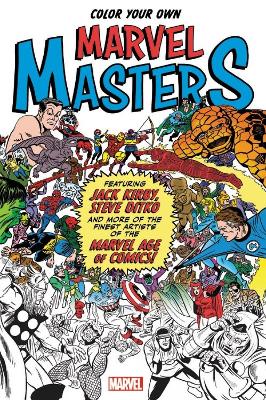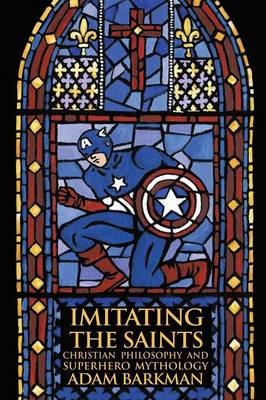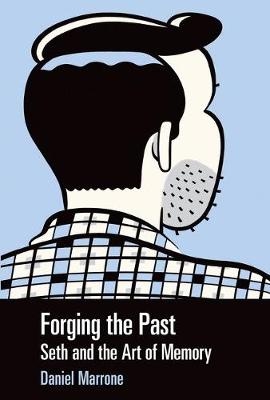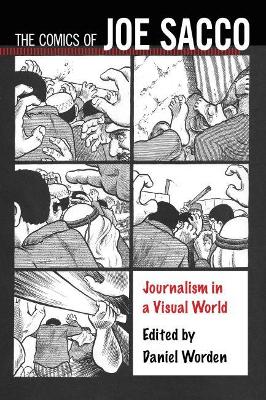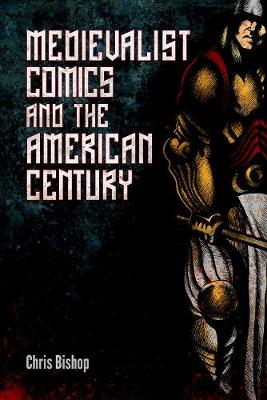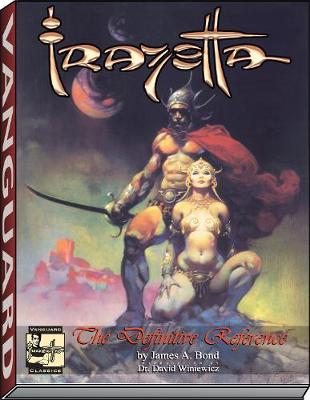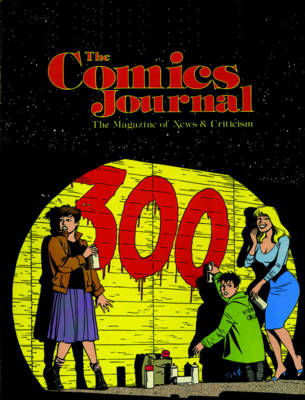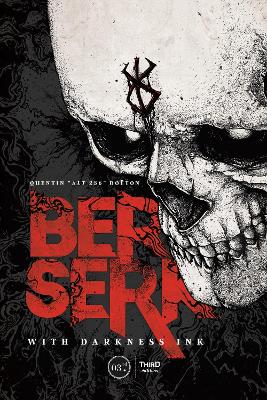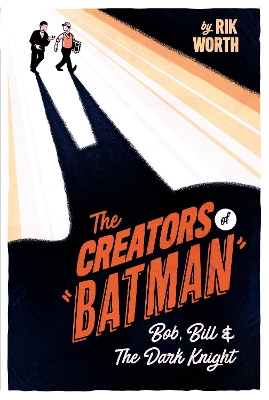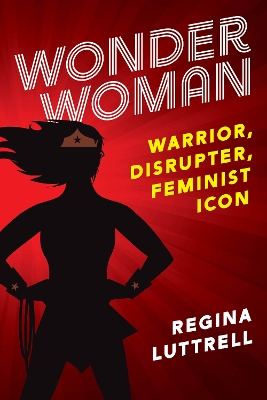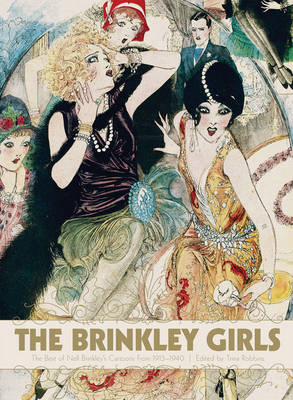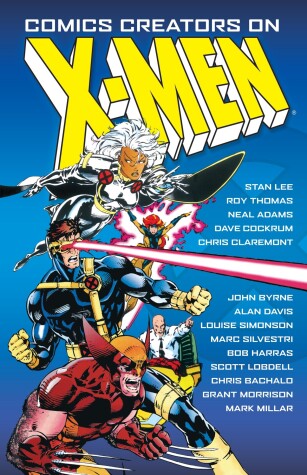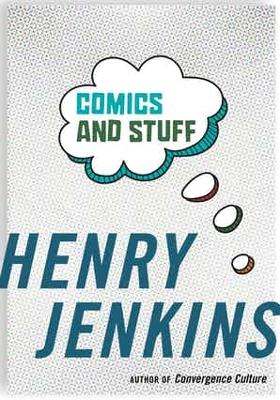In The Expanding Art of Comics: Ten Modern Masterpieces, prominent scholar Thierry Groensteen offers a distinct perspective on important evolutions in comics since the 1960s through close readings of ten seminal works. He covers over half a century of comics production, sampling a single work from the sixties (Ballad of the Salt Sea by Hugo Pratt), seventies (The Airtight Garage of Jerry Cornelius by Moebius), eighties (Watchmen by Alan Moore and Dave Gibbons), and nineties (Epileptic by David B...
Never before have comics seemed so popular or diversified, proliferating across a broad spectrum of genres, experimenting with a variety of techniques, and gaining recognition as a legitimate, rich form of art. Maaheen Ahmed examines this trend by taking up philosopher Umberto Eco's notion of the open work of art, whereby the reader-or listener or viewer, as the case may be-is offered several possibilities of interpretation in a cohesive narrative and aesthetic structure. Ahmed delineates the vi...
Novel Perspectives on German-Language Comics Studies: History, Pedagogy, Theory gathers an international team of contributors from two continents whose innovative scholarship demonstrates a regard for comics and graphic novels as works of art in their own right. The contributions serve as models for further research that will continue to define the relationship between comics and other traditional "high art" forms, such as literature and the visual arts. Novel Perspectives on German-Language Com...
From nineteenth-century American art and literature to comic books of the twentieth century and afterwards, Chad A. Barbour examines in From Daniel Boone to Captain America the transmission of the ideals and myths of the frontier and playing Indian in American culture. In the nineteenth century, American art and literature developed images of the Indian and the frontiersman that exemplified ideals of heroism, bravery, and manhood, as well as embodying fears of betrayal, loss of civilization, and...
The first-ever full reckoning with Marvel Comics’ interconnected, half-million-page story, a revelatory guide to the “epic of epics”—and to the past sixty years of American culture—from a beloved authority on the subject who read all 27,000+ Marvel superhero comics and lived to tell the tale “Brilliant, eccentric, moving and wholly wonderful. . . . Wolk proves to be the perfect guide for this type of adventure: nimble, learned, funny and sincere. . . . All of the Marvels is magnificently marve...
The American Villain: Encyclopedia of Bad Guys in Comics, Film, and Television
by Richard A. Hall
The Other 1980s
Fans and scholars have long regarded the 1980s as a significant turning point in the history of comics in the United States, but most critical discussions of the period still focus on books from prominent creators such as Frank Miller, Alan Moore, and Art Spiegelman, eclipsing the work of others who also played a key role in shaping comics as we know them today. The Other 1980s: Reframing Comics' Crucial Decade offers a more complicated and multivalent picture of this robust era of ambitious com...
Acclaimed as one of Time Magazine's 100 Best Novels, WATCHMEN is widely considered to be the greatest graphic novel of all time. In WATCHING THE WATCHMEN, artist Dave Gibbons gives his own account of its genesis. This is both a major art book in its own right, and the definitive companion to the graphic novel that changed an industry.
At once familiar and hard to place, the work of acclaimed Canadian cartoonist Seth evokes a world that no longer exists - and perhaps never existed, except in the panels of long-forgotten comics. Seth's distinctive drawing style strikingly recalls a bygone era of cartooning, an apt vehicle for melancholy, gently ironic narratives that depict the grip of the past on the present. Even when he appears to look to the past, however, Seth (born Gregory Gallant) is constantly pushing the medium of comi...
The Comics of Joe Sacco (Critical Approaches to Comics Artists)
The Comics of Joe Sacco addresses the range of his award-winning work, from his early comics stories as well as his groundbreaking journalism Palestine (1993) and Safe Area to Goražde (2000), to Footnotes in Gaza (2009) and his most recent book The Great War (2013), a graphic history of World War I. First in the new series, Critical Approaches to Comics Artists, this edited volume explores Sacco's comics journalism, and features established and emerging scholars from comics studies, cultural st...
The comic book has become an essential icon of the American Century, an era defined by optimism in the face of change and by recognition of the intrinsic value of democracy and modernization. For many, the Middle Ages stand as an antithesis to these ideals, and yet medievalist comics have emerged and endured, even thrived alongside their superhero counterparts. Chris Bishop presents a reception history of medievalist comics, setting them against a greater backdrop of modern American history. Fr...
* The most comprehensive index of the artist's work ever published! * Fantastic reference for artists; great entertainment for fans. The work of Frank Frazetta--THE greatest heroic-fantasy artist of all time--has influenced generations of artists, fans, designers, and movie directors. Now more than 400 of his unforgettable images have been collected in Frazetta, The Definitive Reference. With essays by experts and collectors, this one-of-a-kind volume traces the entire arc of Frazettas career. F...
If a person could travel eternally through space and time, how would this power affect him? Doctor Who Psychology explores this question through an analysis of the longest-running sci-fi TV series of all time. This fascinating in-depth academic study, edited by Travis Langley, contains 20 essays delving into the psychology behind the time-traveling Doctor in his many iterations, as well as his companions and his foes.
In the early days 20th century the emerging medium of comics was beginning to grab the attention of children and adults alike. Then, in the 1930s, superheroes revolutionised the entire industry and culture as we know it. Gotham's caped crusader, The Batman, swung into this pantheon of demi-gods in 1939 and secured his place as one of the world's most beloved characters. But do know who created The Dark Knight? Do you know how artist Bob Kane, placed himself at the secret origins of Batman while...
A remarkable exploration of Wonder Woman's creation, mysterious identity, and evolution-and her extraordinary impact on her legions of fans. For generations, Wonder Woman has been a symbol of equality and female empowerment, her complex saga deeply rooted within the feminist movement. A staple of the comic book industry, she is arguably the best-known female superhero of all time. In Wonder Woman: Warrior, Disruptor, Feminist Icon, Regina Luttrell details this legendary superhero's origins,...
In the near future, humanity will be faced by a grave challenge: mutation. Gifted with an array of incredible powers, the X-Men have fought to break down the barriers of fear and hate between human and mutant-kind over fifty years and three hit movies. "Comics Creators on X-Men" is the definitive look at the mighty mutants in comics, including interviews with original co-creator Stan Lee, fan-favourite Chris Claremont, superstar artists Joe Madueira and Alan Davis, and current writer Joss Whedon...
Author Michael Chabon described Ben Katchor (b. 1951) as "the creator of the last great American comic strip." Katchor's comic strip Julius Knipl, Real Estate Photographer: Stories, which began in 1988, brought him to the attention of the readers of alternative weekly newspapers along with a coterie of artists who have gone on to public acclaim. In the mid-1990s, NPR ran audio versions of several Julius Knipl stories, narrated by Katchor and starring Jerry Stiller in the title role. An early co...
Considers how comics display our everyday stuff—junk drawers, bookshelves, attics—as a way into understanding how we represent ourselves now For most of their history, comics were widely understood as disposable—you read them and discarded them, and the pulp paper they were printed on decomposed over time. Today, comic books have been rebranded as graphic novels—clothbound high-gloss volumes that can be purchased in bookstores, checked out of libraries, and displayed proudly on bookshelves. They...
